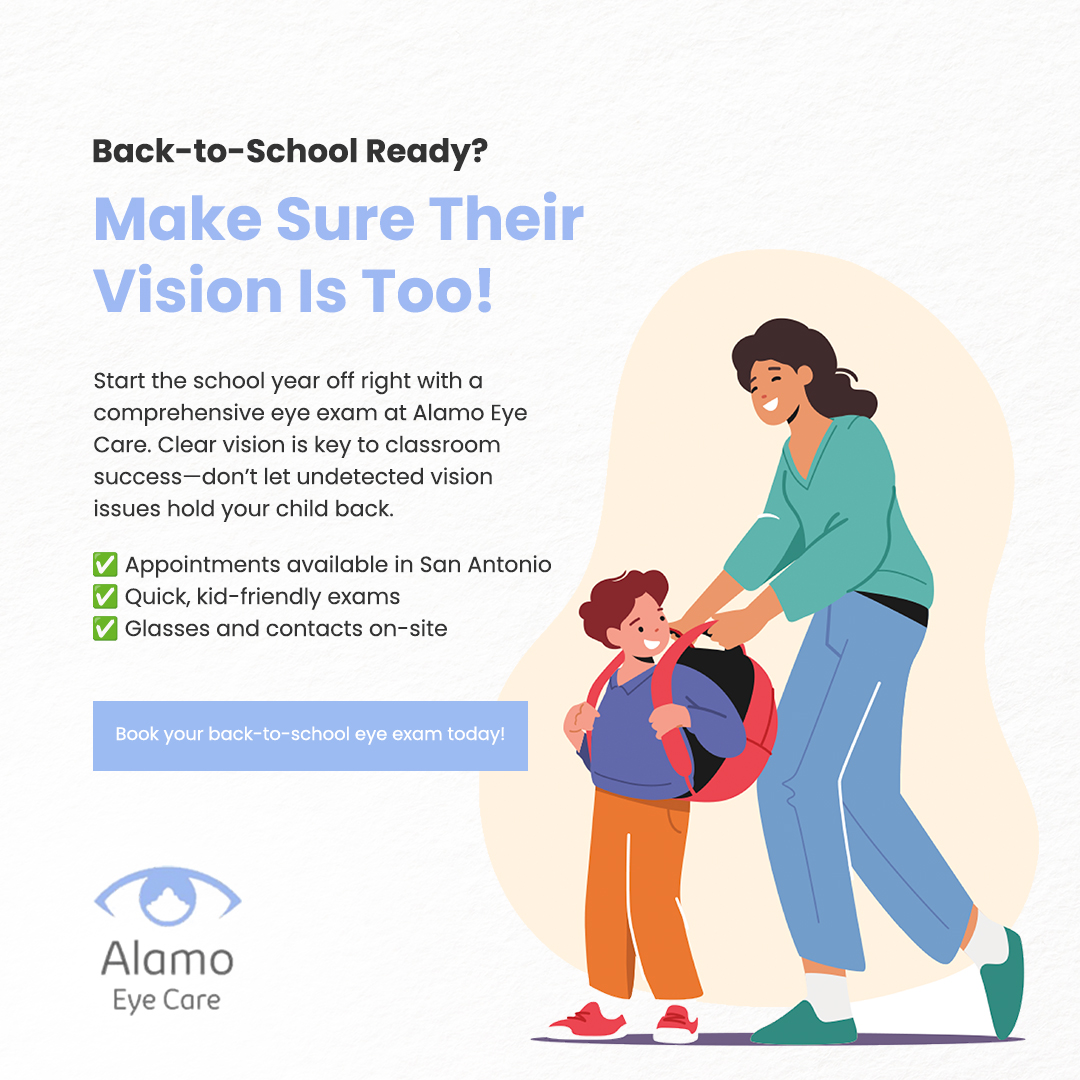
When your eyesight is at stake, understanding the conditions that can affect it becomes paramount. Glaucoma is one such condition that might not show symptoms until it's too late. It is often referred to as the "silent thief of sight" due to its subtle onset and progressive nature. This condition can lead to irreversible damage to the optic nerve, which is vital for vision. Your awareness and knowledge about glaucoma are essential for early detection and management, potentially saving your sight.
What is Glaucoma?
Glaucoma is a complex eye condition that involves the damage of the optic nerve, the crucial link between the eye and the brain. When the optic nerve suffers damage, it leads to a loss of visual function. The damage often results from an increased pressure in the eye, which can occur when the eye's fluid, called aqueous humor, is either overproduced or not drained properly.
Glaucoma is often hereditary, meaning it can run in families. While it can occur at any age, the risk increases with age. Other risk factors include high intraocular pressure, a history of eye injuries, thin corneas, and certain medical conditions such as diabetes. Regular eye exams are crucial as they can detect glaucoma in its early stages before significant vision loss occurs.
Types of Glaucoma
When discussing glaucoma, it's important to know that there are several types, each with its own set of characteristics and progression patterns. The main types of glaucoma include Open-Angle Glaucoma, Angle-Closure Glaucoma, Normal-Tension Glaucoma, and Secondary Glaucoma.
This is the most common form of glaucoma, accounting for at least 90% of all glaucoma cases. It occurs when the eye's drainage canals become clogged over time, leading to increased eye pressure. The entrance to the drainage canals is open, but the clogging occurs further inside the drainage system. Open-Angle Glaucoma develops slowly and is a lifelong condition. The onset is so gradual that you may not notice a change in vision until the condition is at an advanced stage.
Angle-Closure Glaucoma is less common but can be a medical emergency. This type occurs when the drainage canals are blocked or covered completely, often by the iris. This blockage can cause a sudden rise in intraocular pressure, leading to rapid vision loss if not treated promptly. Symptoms can include severe eye pain, nausea, redness in the eye, and blurred vision. This type of glaucoma is also known as "closed-angle glaucoma" or "narrow-angle glaucoma."
In Normal-Tension Glaucoma, optic nerve damage occurs even though the eye pressure is considered within the normal range. The exact reason for this is unknown, but it is thought to be related to a sensitive optic nerve or reduced blood flow to the nerve. This type of glaucoma is also referred to as low-tension or normal-pressure glaucoma.
Secondary Glaucoma refers to any case in which another disease contributes to increased eye pressure, resulting in optic nerve damage and vision loss. This secondary condition can be associated with eye injuries, certain medications, or diseases such as cataracts or diabetes.
Treatment Options for Glaucoma
Managing glaucoma successfully often hinges on early detection and appropriate treatment. There are several treatment options available, ranging from medications to surgery, depending on the type and severity of the condition.
For many people with glaucoma, regular use of medications can help to maintain eye pressure at a safe level. These medications, usually in the form of eye drops, can reduce the production of aqueous humor or increase its outflow, thereby reducing intraocular pressure. It is critical to use these medications exactly as prescribed to achieve the best results and to minimize side effects.
Laser treatments can be effective for both Open-Angle and Angle-Closure Glaucoma. In Open-Angle Glaucoma, a procedure called trabeculoplasty is used to open the drainage area. For Angle-Closure Glaucoma, iridotomy is the procedure where a small hole is made in the iris to allow fluid to flow more freely. Both procedures aim to improve drainage and lower eye pressure.
Managing glaucoma is an ongoing process that includes regular monitoring of eye pressure and adherence to treatment plans. Lifestyle adjustments, such as maintaining a healthy weight, controlling blood pressure, and avoiding smoking, can also contribute to better management of the condition.
Conclusion
Glaucoma is a complex and potentially sight-threatening condition that requires your awareness and active participation in its management. By understanding the different types and treatment options for glaucoma, you can work with your eye care professional to preserve your vision.
If you’re experiencing any changes in your vision or for further guidance on glaucoma treatment, schedule an eye exam today. Visit Alamo Eye Care at our office in San Antonio or Austin, Texas, call (210) 403-9050 to book an appointment today.








